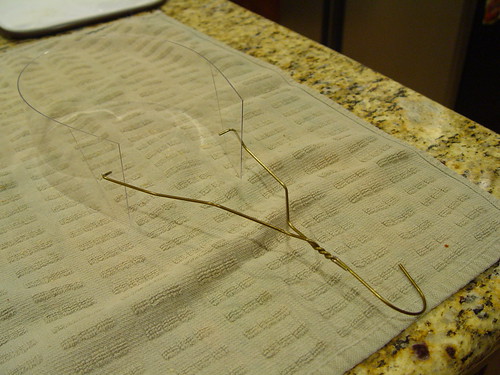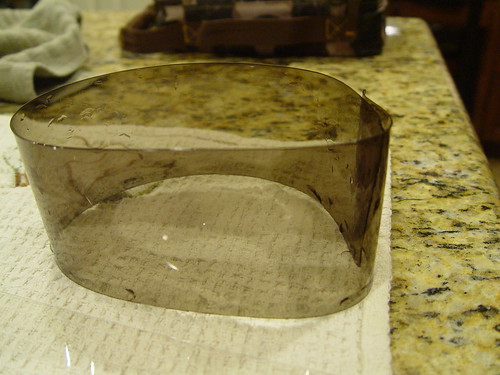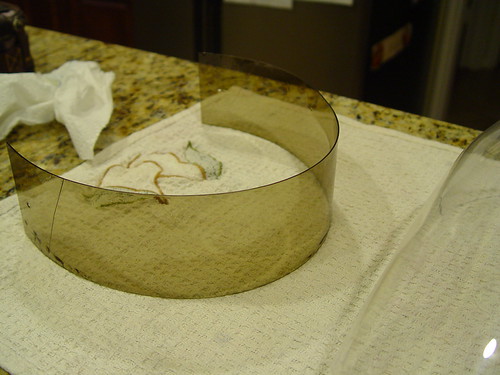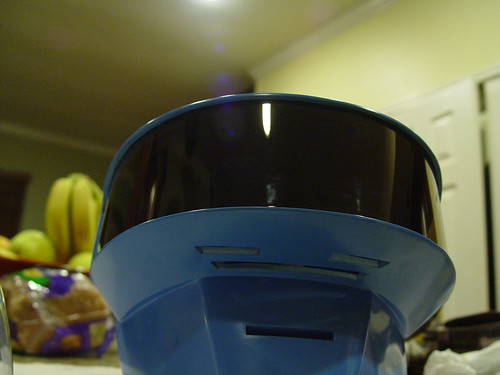Now is time for some tinting.
I started by getting the biggest stockpot I could find at "Mal-Wart" :lol.
I found this 21 quart capacity pot. I don't think I needed this big of a pot, but I was also planning on tinting my guy manuel visor.
Anyway. First, I filled the pot to about 3/4 full ,and set the temp at 160 deg F.
Once the water reached that temp, I poured the dye. I used 4 packs
Rigged the visor with a clothes hanger for an easy way to pull it out, and in it went for its first dip.
It only took 10 seconds to realize the water was too hot for the thin PETG sheet. It was basically floating like a noodle. :confused
I did see, however, how the dye was adhering to the plastic.
After a few trials, I noticed that 140 deg F, only a pot half full of water, and 4 packs is what I needed to get the dye into the PETG and still keep the visor form intact.
I basically left visor in for 5 minute intervals with a cool bath after each dye dip. The picture below is after (2) 5min dips.
After 5 dip sessions, I came out with (what I think) a final piece that had enough tint
Here it is from the front
Some comments about this approach:
- Visibility is EXCELLENT.
- Didn't notice any tint difference after 3 dip sessions (at least from what I can tell).
- The visor has a really reflective shiny look. Don't know if this is good or bath. We'll see.
- It's critical that you get the right temp. You want the highest temp you can get away with without melting or warping the PETG. For me, it was around 140 deg F before I started to see deformations.











